Prefab Cabins Are the Future of Rustic Living — and They're Surprisingly Affordable
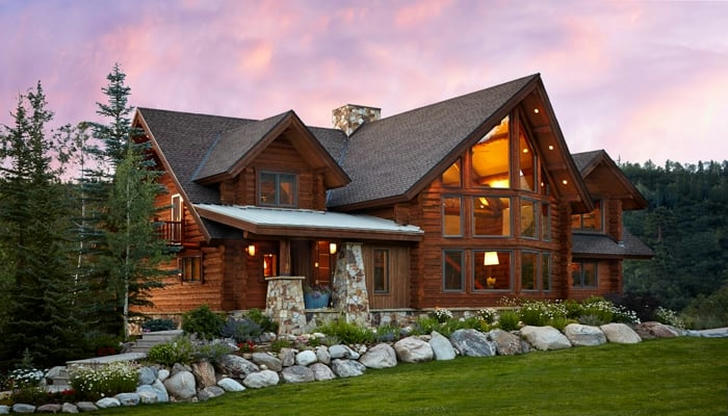
For decades, the dream of owning a log cabin meant years of saving, months of construction, and an almost heroic level of patience. But a quiet revolution is happening in the woods. Today, you can have a handcrafted-looking, eco-efficient cabin delivered to your land in weeks---not years.
Welcome to the prefab cabin movement, where rustic living meets modern engineering, and "simple life" no longer means "slow build."
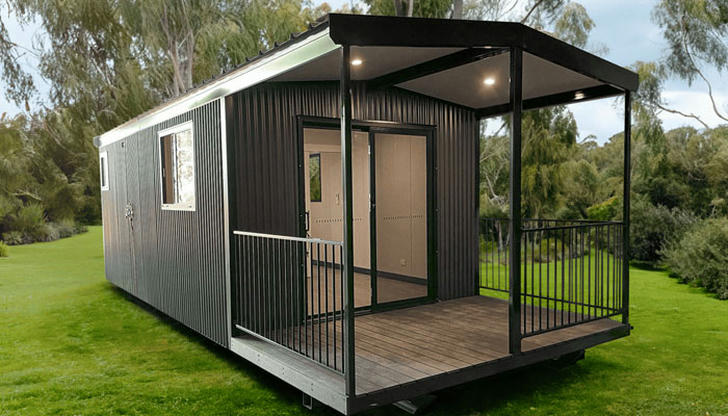
A New Kind of Cabin Dream
Once upon a time, log cabins symbolized rugged independence---something built by hand, board by board, far from the noise of the city. That image still tugs at our hearts, but our lifestyles have changed.
Today's cabin owners want comfort, sustainability, and convenience, without sacrificing that cozy, wood-scented magic. Enter prefabricated cabins---factory-built structures that are delivered to your site ready (or almost ready) to live in.
Think of it as IKEA meets Walden Pond---efficient, elegant, and deeply connected to nature.
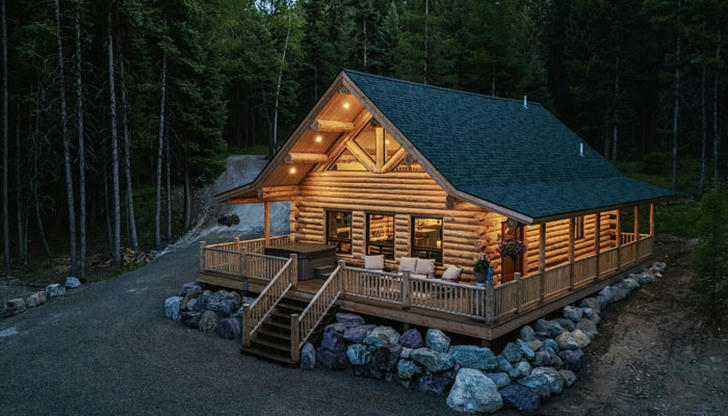
Why Prefab Is Changing the Game
Prefab cabins aren't just about speed---though that's a big perk (many are move-in ready within a month). They're also redefining what rustic living means in the 21st century.
Affordability Without Compromise
A traditional custom-built log home can easily cost six figures, not counting the land or utilities. Prefab cabins, on the other hand, often start under $50,000--$80,000 for a small model---and even luxury options rarely cross $150,000.
Because components are built in controlled environments, there's less waste, fewer delays, and lower labor costs. You pay for craftsmanship and materials---not endless hours of unpredictable construction.
Sustainability Built In
Prefab doesn't just save money; it saves resources. Many modern cabin makers use reclaimed timber, recycled insulation, and passive solar design. Some even incorporate off-grid systems like rainwater collection and solar panels.
Companies like DEN Outdoors, CabinOne, and Backcountry Hut Company are proving that "eco-friendly" can also mean "architecturally stunning."
Precision and Quality
Forget the image of cheap, cookie-cutter kits. Today's prefab cabins are engineered with millimeter-level precision, ensuring tighter seals, better insulation, and longer lifespans than many stick-built homes. CNC-machined joinery and modular systems mean every piece fits perfectly---no drafts, no gaps, no warping.
It's craftsmanship, but with algorithms.
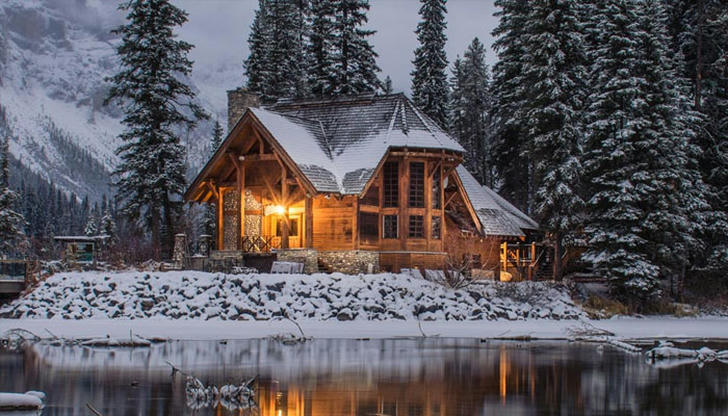
Where Modern Design Meets the Wilderness
The aesthetic of prefab cabins has also evolved far beyond the boxy sheds of the past. Designers now blend modern minimalism with rustic textures, resulting in spaces that feel both grounded and elevated.
Picture this:
- A blackened cedar exterior that disappears into the forest
- Wide glass walls reflecting the sky
- An open-concept living space where you can cook breakfast while watching deer graze outside your window
These cabins don't just exist in nature---they celebrate it.
Some models even take inspiration from Scandinavian huts or Japanese simplicity, creating a meditative calm that urban homes can rarely achieve.

The Rise of Off-Grid Freedom
One of the most exciting shifts in the prefab movement is the push toward off-grid living---powered by solar, heated by wood, and supported by smart design.
People are realizing they don't need to go "full hermit" to enjoy off-grid independence. Many prefab cabins now feature:
- Solar-ready roofs
- Composting toilets and greywater systems
- Battery storage for remote power
- Energy-efficient insulation and triple-pane windows
You can live deep in the mountains and still brew your morning espresso---no sacrifice required.

Fast, Flexible, and (Surprisingly) Fun
Perhaps the biggest surprise about prefab cabins? They make the building process enjoyable.
Traditional cabin construction can drag on for months, plagued by weather delays and contractor costs. Prefab cabins, meanwhile, are like building blocks for adults. You pick your model, customize finishes, and watch it come together in real time---sometimes in just 2--6 weeks.
Some companies even offer DIY-friendly kits, letting adventurous owners participate in assembly (with guidance, of course). It's part craftsmanship, part adventure, and fully satisfying.
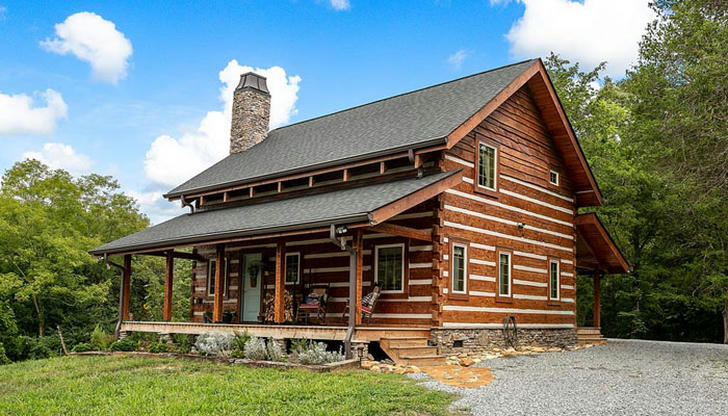
Who's Buying Them
Prefab cabins are drawing an incredibly diverse crowd:
- Remote workers seeking a serene, natural office space
- Retirees wanting a downsized yet luxurious lifestyle
- Investors turning them into short-term rentals
- Families building weekend escapes without long mortgages
For many, it's about redefining "home"---not as a 3,000-square-foot anchor, but as a flexible, sustainable refuge.
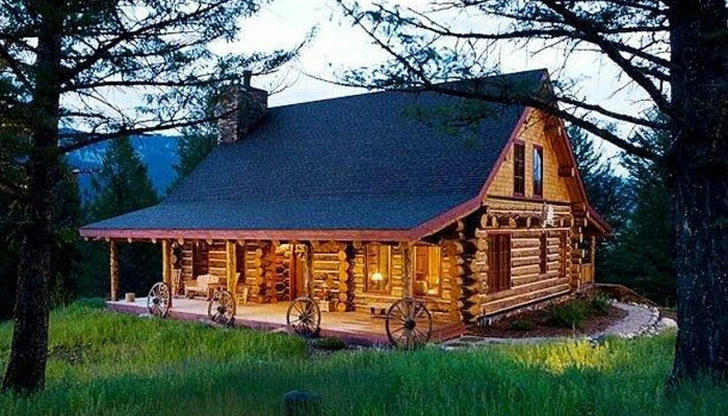
The Future of Rustic Living
The prefab trend isn't slowing down. In fact, it's reshaping what "living simply" means. No longer is it about cutting yourself off from the world---it's about reconnecting with it, on your own terms.
And as more people crave freedom from urban stress, prefab cabins offer a path that feels equal parts nostalgic and futuristic.
You get the warmth of natural wood, the charm of a cabin, and the thrill of independence---all without the decades of debt or endless construction.

Final Thought
For generations, the log cabin has symbolized freedom, self-reliance, and a return to what really matters. Prefab technology doesn't change that spirit---it amplifies it.
It gives more people access to that dream, faster, greener, and smarter than ever before.
So if you've ever imagined waking up to mist rolling over the trees, coffee in hand, and quiet all around---your cabin might be closer than you think. In fact, it might already be on the delivery truck.
